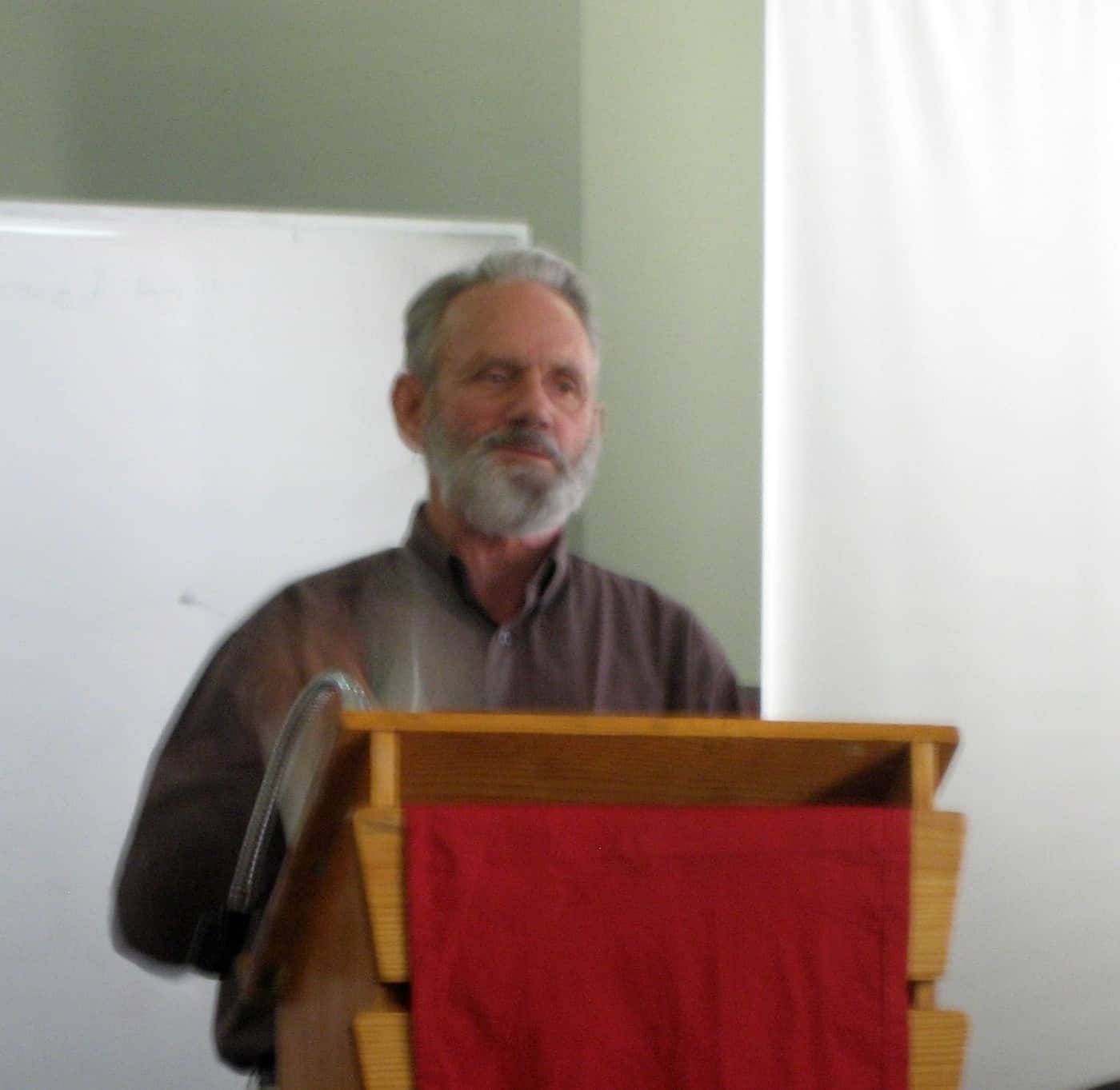On 30 November 2009, the CEO of The Federal Chamber of Automotive Industries, Andrew McKellar, responded to some of the issues raised in recent SafetyAtWorkBlog articles concerning the safety of quad bikes.
McKellar emphasised that a balanced approach to ATV safety discussions is required. He said:
“In terms of a statistical outcome, the results show that, on balance, [ROPS] does not result in a safer outcome, in some situations people are going to be killed where otherwise they would have been fine. In other circumstances, they will survive an accident or a rollover accident where they might have been seriously injured if they hadn’t had it…….There is no clear safety benefit from putting such structures on those vehicles.”
As has been shown in previous articles many Australian and New Zealand OHS regulators have not recommended ROPS for quad bikes. This indicates that there must be some convincing evidence that ROPS are inappropriate. But that leaves the same problem with quad bikes in 2009 that existed decades ago, people are becoming injured or are dying from the (mis)use of these vehicles.
In most other vehicle and manufacturing circumstances consistent misuse would indicate that the vehicle itself and the interaction between driver and vehicle requires considerable investigation and/or redesign. The investigation by Ralph Nader was referred to in an earlier article as an example of unsafe design being engineered out.
Equipment designers in a range of industries strive to make their equipment foolproof but there does not seem to be same motivation in the quad bike manufacturing industry which still advocates helmets as the best hazard control option. This option is supported by calls for safe driving courses and keeping within the manufacturers’ specifications.
Helmets may be best practice at the moment but it is hard to believe that that is where the situation should stay. By not progressing beyond this control option, manufacturers and safety regulators are focusing on rider awareness in a sector, agriculture, that is renowned for taking (inventive) shortcuts and whose principal workforce are men who have a macho dismissive attitude to safety. A new approach is required.






